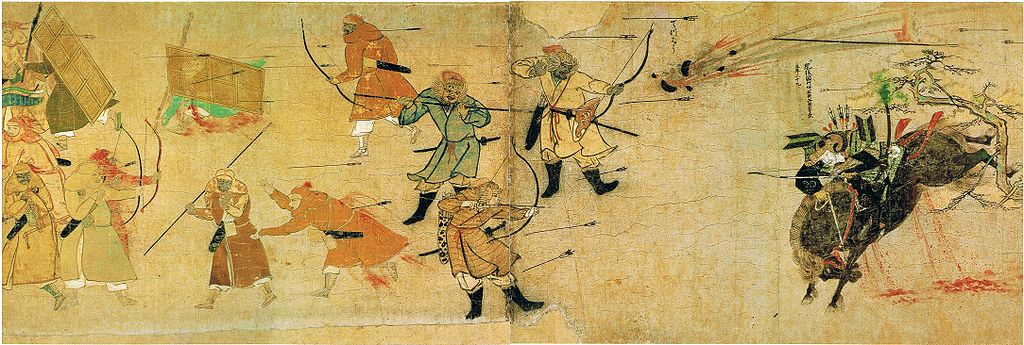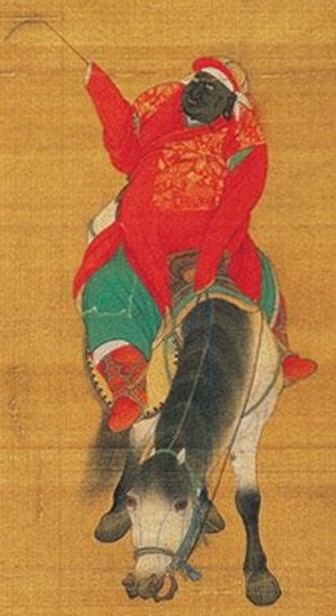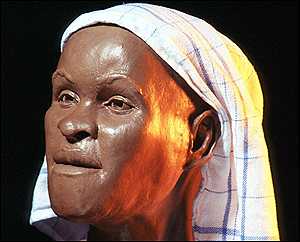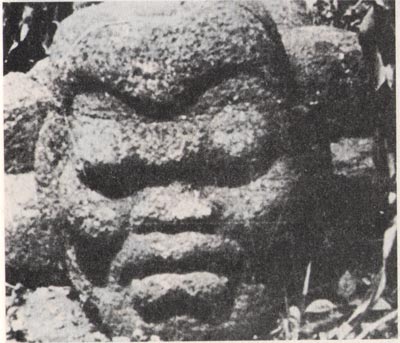It looks like you're using an Ad Blocker.
Please white-list or disable AboveTopSecret.com in your ad-blocking tool.
Thank you.
Some features of ATS will be disabled while you continue to use an ad-blocker.
3
share:

DNA From 12,000-Year-Old Skeleton Helps Answer the Question: Who Were the First Americans?
In 2007, cave divers discovered remains that form the oldest, most complete and genetically intact human skeleton in the New World
Some 12,000 years ago, a teenage girl took a walk in what’s now the Yucatan Peninsula and fell 190 feet into a deep pit, breaking her pelvis and likely killing her instantly. Over time, the pit—part of an elaborate limestone cave system—became a watery grave as the most recent ice age ended, glaciers melted and sea levels rose.
www.smithsonianmag.com...
The Clovis Weren’t the First Americans
In 2007, cave divers happened upon her remarkably preserved remains, which form the oldest, most complete and genetically intact human skeleton in the New World. Her bones, according to new research published in Science, hold the key to a question that has long plagued scientists: Who were the first Americans?
Prevailing ideas point to all Native Americans descending from ancient Siberians who moved across the Beringia land bridge between Asia and North America between 26,000 and 18,000 years ago. As time wore on, the thinking goes, these people spread southward and gave rise to the Native American populations encountered by European settlers centuries ago.
But therein lies a puzzle: "Modern Native Americans closely resemble people of China, Korea, and Japan… but the oldest American skeletons do not," says archaeologist and paleontologist James Chatters, lead author on the study and the owner of Applied Paleoscience, a research consulting service based in Bothell, Washington.
The small number of early American specimens discovered so far have smaller and shorter faces and longer and narrower skulls than later Native Americans, more closely resembling the modern people of Africa, Australia, and the South Pacific. "This has led to speculation that perhaps the first Americans and Native Americans came from different homelands," Chatters continues, "or migrated from Asia at different stages in their evolution."
The newly discovered skeleton—named Naia by the divers who discovered her, after the Greek for water—should help to settle this speculation. Though her skull is shaped like those of other early Americans, she shares a DNA sequence with some modern Native Americans. In other words, she’s likely a genetic great-aunt to indigenous people currently found in the Americas.
Been down this road before with the Brazilian find I often speculated that the black portion of the Olmecs were possibly related to the Luiza and other related finds but this is in Mexico itself although the time gap is huge,this also put Black Asians further north than previously thought,



Black Asians in north-Eastern Asia corresponding to the medieval era and the X Prime minster of New Guinea



Ancient Americans from Brazil to Mexico.
For example, Chatters—who discovered the scientific importance of the ~9000-year-old Kennewick Man in 1996—could not further analyze those remains due to local tribes claiming the body as an ancestor under the Native American Graves Protection and Repatriation Act (NAGPRA), passed in 1990. However, in 2004, the 9th Circuit Court of Appeals upheld a previous decision that ruled that the remains could not be defined as “Native American” under NAGPRA law, and studies of the body resumed.
Read more: www.smithsonianmag.com...
I wished they would be allowed to do a follow-up on Kennewick man the politics above is maddening.
I am wondering if white Asiatics relating to the Tocharians also made the trip as their presence in North Asia goes back some 4kyrs ago,if not longer.
edit on 19-5-2014 by Spider879 because: (no reason given)
or you could've looked on the SAME page that you posted on and found the one already posted.
www.abovetopsecret.com...
www.abovetopsecret.com...
new topics
-
Just Came Across These Unusual Old UFO Pics
Aliens and UFOs: 40 minutes ago -
LA Mayor Bass Demanded $49M in Additional LAFD Cuts One Week Before Wildfires
Mainstream News: 2 hours ago -
Sepultura - Territory - With New Drummer Greyson Nekrutman
Music: 3 hours ago -
Carry On!
Short Stories: 3 hours ago -
This should be plastered all over the airwaves
Mainstream News: 9 hours ago -
Oh, Good Gosh. “Kremlin Warns Stay Away from Greenland.”
World War Three: 11 hours ago -
Archbisop Vigano Warns of Deep State and Deep Church
New World Order: 11 hours ago
top topics
-
This should be plastered all over the airwaves
Mainstream News: 9 hours ago, 21 flags -
Archbisop Vigano Warns of Deep State and Deep Church
New World Order: 11 hours ago, 15 flags -
LA Mayor Bass Demanded $49M in Additional LAFD Cuts One Week Before Wildfires
Mainstream News: 2 hours ago, 13 flags -
Oh, Good Gosh. “Kremlin Warns Stay Away from Greenland.”
World War Three: 11 hours ago, 11 flags -
A Flash of Beauty: Bigfoot Revealed ( documentary )
Cryptozoology: 17 hours ago, 8 flags -
Carry On!
Short Stories: 3 hours ago, 2 flags -
Just Came Across These Unusual Old UFO Pics
Aliens and UFOs: 40 minutes ago, 2 flags -
Sepultura - Territory - With New Drummer Greyson Nekrutman
Music: 3 hours ago, 1 flags
3
